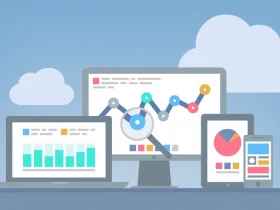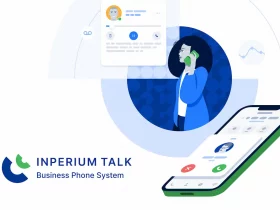In the realm of marketing, understanding consumer behavior is a perpetual challenge. However, by incorporating principles from behavioral economics, businesses can gain valuable insights into the factors influencing consumer purchase decisions.
This article will explore how applying behavioral economics to marketing strategy can provide a deeper understanding of consumer choices and drive effective lead generation.
Understanding behavioral economics
Behavioral economics combines insights from psychology and economics to understand how individuals make decisions, particularly in situations that involve uncertainty or complexity. Traditional economics has often assumed that individuals make rational decisions based on self-interest and complete information. However, behavioral economics challenges these assumptions by recognizing that cognitive biases, emotions, and social factors influence human decision-making.
In marketing, understanding how consumers make decisions based on psychological factors allows businesses to design more effective strategies, such as pricing models, advertising campaigns, and product presentations, that align with their target audience’s inherent biases and behaviors.
- Lead generation through emotional appeal
In the context of lead generation, emotional appeal is a powerful tool. Behavioral economics suggests that consumers are more likely to engage and convert when emotions are evoked. Crafting marketing messages that resonate emotionally with the target audience can significantly enhance lead-generation efforts.
The scarcity principle and urgency in marketing
The scarcity principle, a core concept in behavioral economics, highlights the psychological impact of limited availability. Marketers can leverage this principle to create a sense of urgency, prompting consumers to take immediate action. When applied strategically, scarcity can catalyze lead generation by encouraging swift responses to time-limited offers.
- Lead generation strategies with scarcity
Implementing scarcity in lead generation campaigns involves emphasizing limited-time promotions or exclusive offers. By incorporating phrases like “limited stock” or “available for a short time,” marketers can tap into the scarcity principle, compelling potential leads to act promptly to secure the perceived value offered.
Anchoring and pricing strategies
Anchoring is when people rely on the first price they see when making decisions. In pricing, anchoring can be a powerful tool. If you strategically show a higher-priced option first, the other choices may seem more reasonable, affecting what people decide to buy.
It is like setting a reference point for decision-making. When people see the first price, they use it as a benchmark for judging other prices. In other words, if you show a higher-priced item first, the other options seem more affordable, which can affect what people buy. It’s a way to guide their perception of what is a reasonable or good deal based on the initial information they receive
- Lead generation with anchored pricing
For lead generation, anchoring can be applied by showcasing premium products or services as the initial option. That positions other offerings as more accessible, potentially driving consumers towards a lead-capturing action, such as signing up for a trial or subscribing to a newsletter.
Social proof and trust building
Consumers often look to the behavior of others for guidance in decision-making. The concept of social proof, a key element in behavioral economics, emphasizes the impact of peer influence on choices. Marketers can harness this phenomenon to build trust and credibility, which is essential for successful lead generation.
- Lead generation through social proof
Incorporating customer testimonials, reviews, and endorsements in lead-generation efforts can enhance credibility and trust. When potential leads see that others have had positive experiences, they are more likely to take the next step in the conversion process.
The power of defaults in decision-making
Defaults are like preset choices that are already selected for customers. They have a significant impact on what people decide. In behavioral economics, it’s thought that people often stick with the default choices because it’s easier (like going with the flow) and because they feel like the person in charge (the decision-maker) supports the default option.
- Lead generation optimization with defaults
In the context of lead generation forms, pre-selecting options or highlighting a recommended choice can guide users toward desired actions. Marketers can optimize lead generation processes by strategically utilizing defaults, making it easier for consumers to progress through the conversion funnel.
Conclusion
Incorporating insights from behavioral economics into marketing strategy provides a detailed understanding of consumer decision-making processes. By strategically applying principles such as emotional appeal, scarcity, anchoring, social proof, and defaults, marketers can influence consumer choices and drive effective lead generation.













